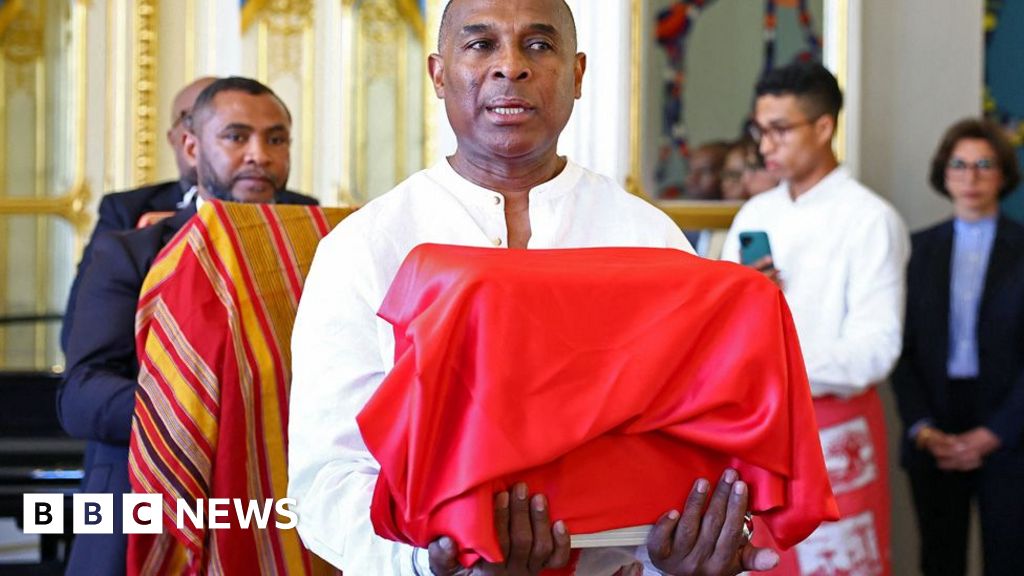As the church enters a new era, the decision regarding a pope's name carries profound weight. Upon accepting the role, the pope reflects on history and selects a name that embodies his vision and ethos. This tradition provides insight into the priorities that may characterize his mission.
The practice of choosing a papal name predates contemporary pontificates, dating back to 533 with Pope John II, who adopted a name due to concerns over his given name, Mercurius, perceived as too reminiscent of Roman paganism. This pivotal shift marked the beginning of a longstanding custom, whereby each successor chooses a name that can honor a personal legacy, a beloved saint, or pay homage to previous popes.
For example, Pope Francis became the first to honor St. Francis of Assisi, epitomizing humility and advocacy for the marginalized—key themes of his papacy. Conversely, John Paul II’s name reflected a tribute to his predecessor, offering a bridge between their distinct legacies. The implications of a name selection are significant; a Pope John Paul III might emphasize disciplined doctrine and social standings, while a Pope Pius XIII could lean towards preserving tradition. A Pope John XXIV, conversely, may embody reformist ideas.
The much-anticipated announcement of the new pope’s name will occur in Latin, delivered from the iconic balcony of St. Peter’s Basilica by Cardinal Dominique Mamberti, marking the official commencement of the new pontificate with a traditional declaration: “Habemus papam,” meaning “We have a pope.” Each name chosen carries both history and hope for the Catholic Church’s future direction.






















